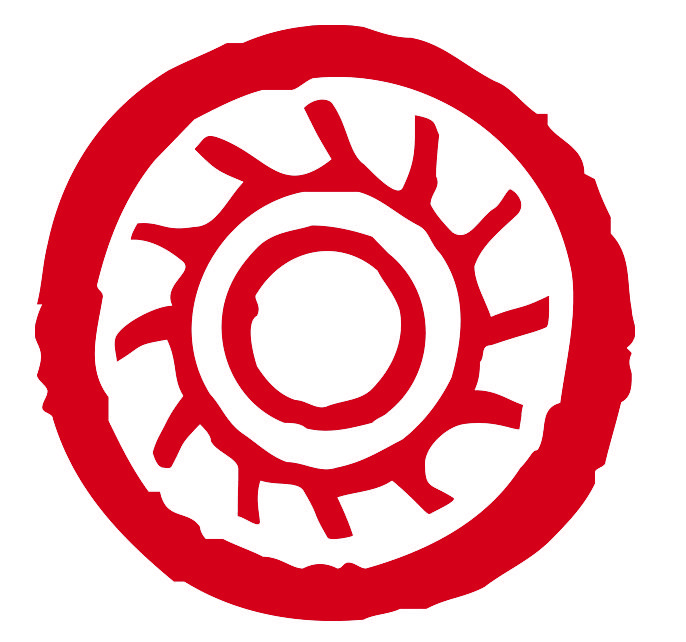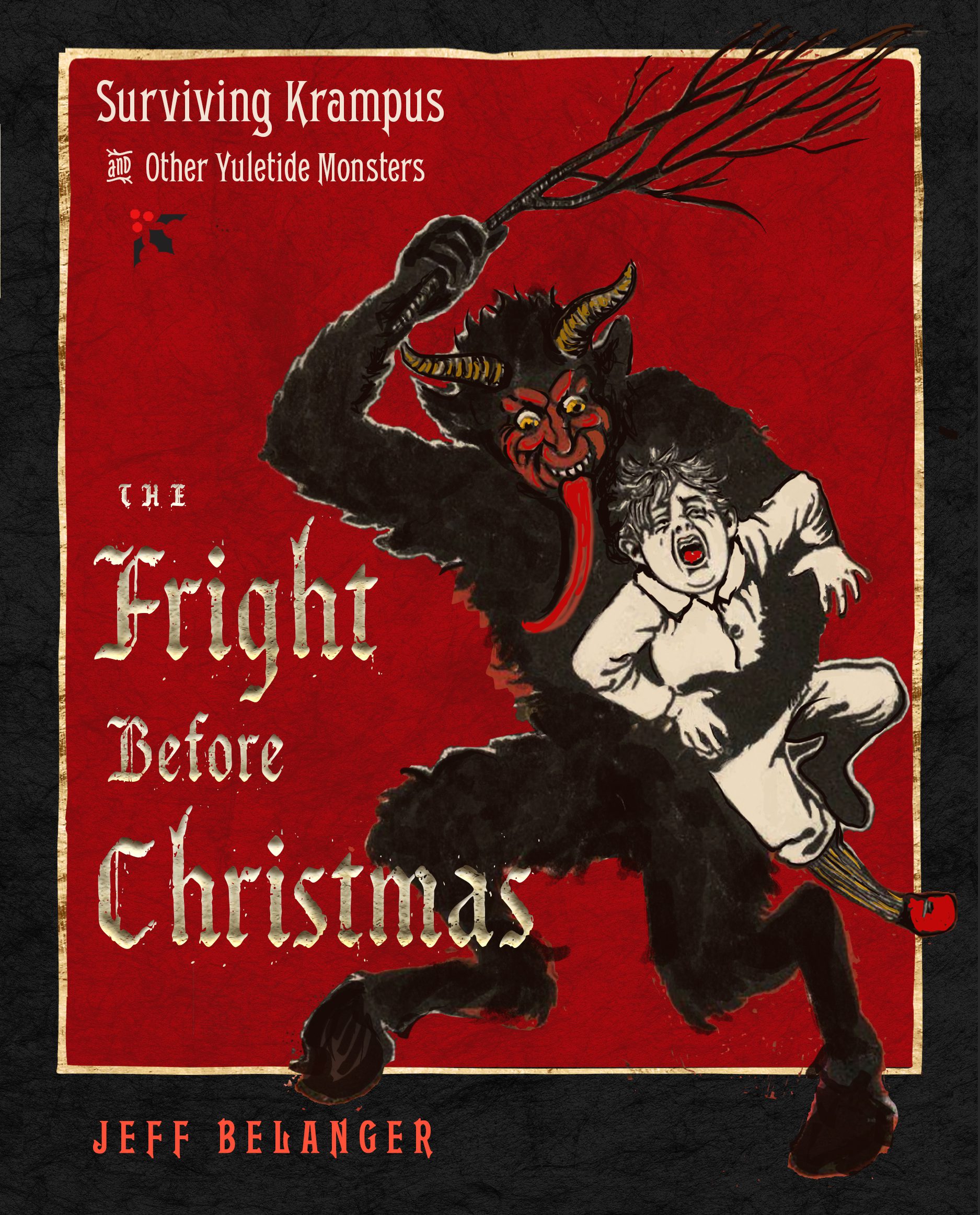An Excerpt from “The Fright Before Christmas” by Jeff Belanger
Why are we sitting by the fireplace with hot chocolate while holiday music fills our ears, as twinkling lights on the Christmas tree illuminate our living rooms, while Jack Frost nips the noses of those still outside in the cold? The answer lies in the backstory. We have to go as far back as humanly possible and retrace the steps to this point.
In northern climates, we live in three seasons: spring, summer, and fall. But we survive the winter. Though today we can turn up our thermostats and shop anytime for foods that never would have been available to our great-great-great-grandparents out of season, we still have to face bleak winters fraught with cold temperatures, seasonal affective disorder (SAD), snow delays and cancellations, winter colds and flu, and all of the other challenges winter can throw our way.
Winter was truly a perilous beast.
But think back just a few centuries, and winter was truly a perilous beast, staring us down each year, asking us to test our mettle and our ability to prepare for the harshest of conditions. Run out of food or fuel . . . you die. If your home collapses under the weight of the snow, leaving you without shelter . . . you die. If you can’t find game to hunt to supplement your diet . . . you die. Get lost outside in a snowstorm . . . you die. Winter is the season of fear. It’s dark, cold, and dangerous. We have to be prepared.
Why does this frightening and frigid event occur each year? We all live on this big blue-and-green ball called Earth that’s hurtling through space and time at thousands of miles per hour. The planet leans on its axis as it makes an elliptical orbit around our sun. When the pole that’s closest to where you are leans furthest from the sun, it’s the Winter Solstice. When that pole leans closest toward the sun, it’s the Summer Solstice, and the halfway points make it either the Spring or Fall Equinox. In the northern hemisphere, the Winter Solstice takes place typically on December 21 or 22 each year at a precise moment when the planet reaches its maximum tilt away from the sun.
Around the world, most significant religious holidays are tied to one of these four major seasonal events: winter, spring, summer, and fall. Or the halfway point between each of those seasons. The Pagan calendar, for example, celebrates Yule on the Winter Solstice, Imbolc on February 1, Ostara on the Spring Equinox, Beltane on May 1, Litha on the Summer Solstice, Lughnasadh on August 1, Mabon on the Autumn Equinox, and Samhain on November 1.
If you look at the Western calendar with its heavy Christian influence, you’ll see many of the biggest dates fall pretty close to some of these major seasonal moments. Christmas is December 25 (just a few days after the Solstice), Groundhog Day is February 2, Easter falls close to the Spring Equinox, May Day is May 1, Midsummer is the Summer Solstice, and Halloween is October 31.
Our ancient ancestors had to know what to expect in order to survive. When humans were hunters and gatherers, they had to know when to move to warmer, drier, or wetter places to make it to the next season. Then, about twelve thousand years ago when humankind decided to put down roots and try their hand at farming, they had to understand and know the seasons better than they ever had before. Because it truly became a matter of life and death. Plant seeds at the wrong time, harvest at the wrong time, and it can mean curtains for you, your family, and everyone who depends on you. Plus, if you’re going to live in harsh climates, you must have the ability to store enough food to get you through to the growing season again.
If you happen to live far enough north—specifically, above the Arctic Circle at 66.5 degrees north latitude—on the Winter Solstice, the sun won’t rise at all. It’s Polar Night. The sun is gone, and you may fret wondering if it will ever return.
There are parts of Alaska, Canada, Greenland, Iceland, Norway, Sweden, Finland, and Russia that experience this long darkness each Winter Solstice. It’s no surprise that many of the monsters who lurk during the Yuletide season hail from these regions.
Farming is the very reason for all of this fuss and all of these monsters. The Winter Solstice is also called Midwinter, because the harvest ends by the half-holiday that is November 1. The sun is retreating until it reaches its lowest point on the Winter Solstice. After that, though cold days are ahead, the sun will start to return until it’s time for the planting season again.
Something primal takes over when we’re faced with unnatural cold and darkness. There’s an understanding that fight or flight can occur at any moment. We’re on edge. We’ve just witnessed winter’s harsh hand kill everything in the landscape and turn it white or frozen solid. So what do we do when facing down this dreadful season and its promise of death? When we’re not sure if we’ll make it to spring or even tomorrow?
We party.
— Jeff Belanger, Chapter 2: The Winter Solstice, Copyright © 2023
Featured Book
The Fright Before Christmas
Christmas has always been creepy and with “The Fright Before Christmas” you'll see the other side. This is a book for everyone who loves a little darkness around the holidays.

